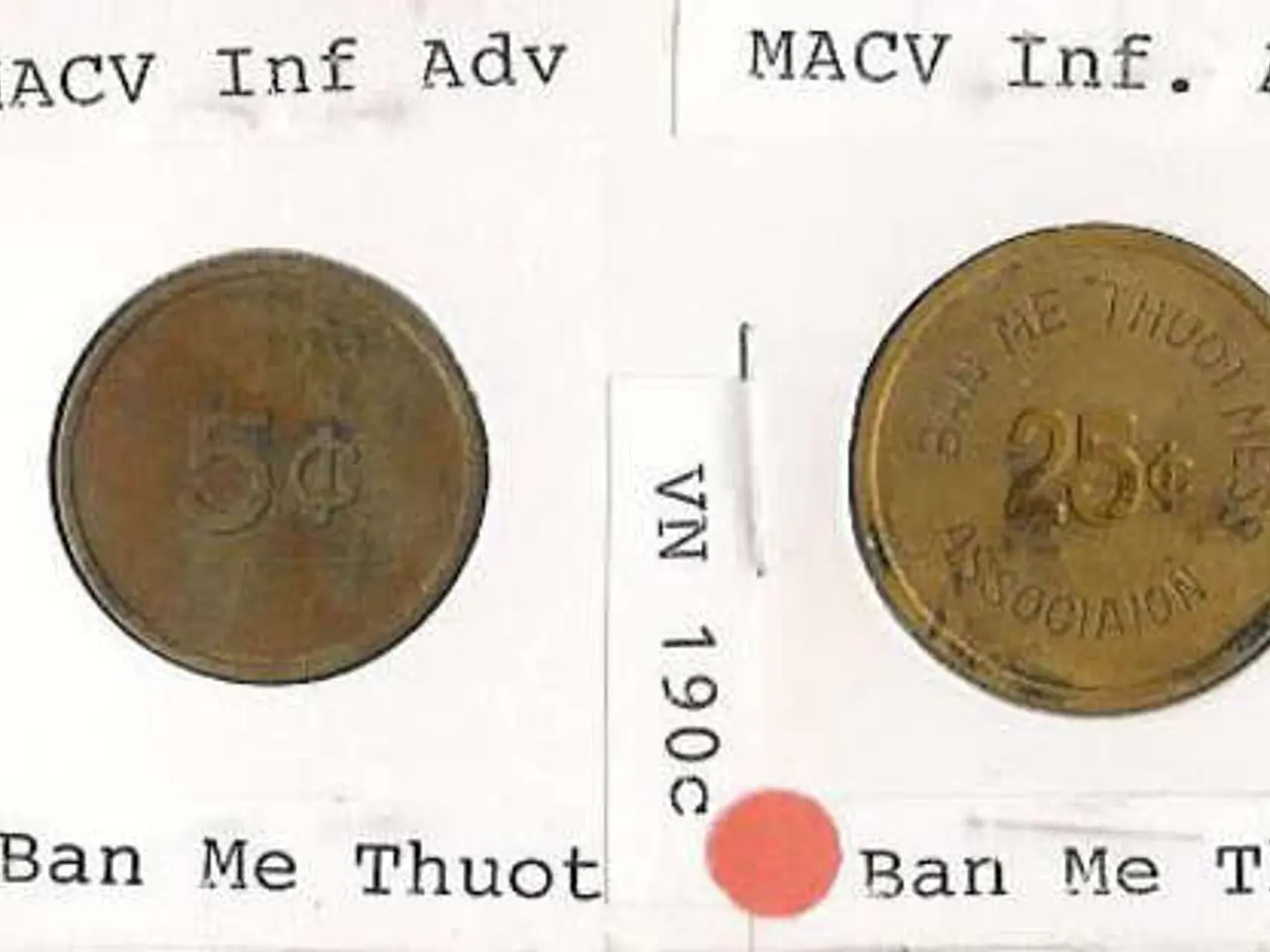Strategies for Devising a Marketing Approach for Your B2B Venture
When it comes to B2B marketing, the key is to be strategic, not ubiquitous. Here, we outline a comprehensive approach to developing a B2B marketing strategy that effectively integrates tactics for a well-rounded marketing plan.
Step 1: Conduct In-Depth Market Research
Understanding your target market, their pain points, buyer behavior, and preferred channels is crucial. Study competitors and identify gaps and customer needs to design relevant tactics.
Step 2: Define Clear Objectives and Metrics
Set specific, measurable goals aligned with business aims, such as revenue targets, customer acquisition, or brand awareness. Use SMART goals and tie performance metrics directly to these objectives.
Step 3: Develop a Strong Value Proposition and Messaging
Craft messaging that resonates with decision-makers in your target companies, focusing on their specific challenges and the solutions you offer. Test and refine communication based on engagement.
Step 4: Identify and Segment Your Target Audience
Know who the decision-makers are, their roles, company sizes, and pain points. Map their buyer’s journey (awareness, consideration, decision) to provide relevant content and touchpoints at each stage.
Step 5: Choose and Align Sales and Marketing Channels
Select channels that best suit your market and buyer behavior—such as enterprise sales teams, channel partnerships, LinkedIn Ads, SEM, email marketing, and content marketing. Ensure sales and marketing teams collaborate closely to execute tactics cohesively.
Step 6: Create a Demand Generation Plan with Multi-Channel Tactics
Develop content marketing (thought leadership, webinars, case studies), paid campaigns, account-based marketing, and digital ads to drive awareness and generate leads across the funnel.
Step 7: Build Enablement Resources for Sales
Provide sales playbooks, templates, demo scripts that enable the sales team to leverage marketing insights and convert leads effectively.
Step 8: Launch and Coordinate Campaigns Seamlessly
Align internal readiness, campaigns, and customer support training to ensure a smooth product or campaign launch.
Step 9: Measure, Optimize, and Iterate Continuously
Use CRM and analytics tools to track KPIs (conversion rates, cost per lead, traffic), conduct A/B testing, and refine the strategy based on real-time feedback and market changes.
Step 10: Integrate Marketing and Sales as a Revenue Engine
Treat marketing and sales as a unified team driving revenue, focusing on collaborative goals rather than siloed attribution, and creating a "flywheel" effect for predictable business growth.
By combining these elements in an orchestrated manner, you build an integrated, comprehensive B2B marketing plan that engages prospects throughout the buyer’s journey, supports sales, and adapts dynamically to optimize performance.
Remember, marketing tactics for a B2B business may include social media advertising, paid search ads, and email marketing. To measure the success of an email marketing campaign, data such as the number of email subscribers before and after the campaign starts can be used. Effective communication is key to achieving successful campaigns.
To analyze the success of a marketing plan, decide which channels and frequencies are worth the investment and study the audience for more information. Goals should have a timeline (yearly, quarterly, monthly, etc.). When outlining tactics, each should have its own specific strategy, success metrics, tactical plan, and should fit within the buyer's journey.
A tactic is a tool, while a strategy is a plan that includes the details of reaching target goals and success metrics. A/B testing can be used to improve the effectiveness of a PPC ad during a campaign. Goals in a B2B marketing plan should align with the sales team. Without a strategy, it's impossible to keep track of the results of a marketing campaign. Continuous testing and adaptation of efforts are necessary to build value for the company over time. A strategy for utilizing marketing tactics involves aligning the tactics with the end goals of the marketing plan. Goals should be easy to measure and track.
Positioning the company in the market involves understanding the competition, establishing a unique value proposition, and knowing where the unique value proposition places the company in the market.
- In the process of crafting a B2B marketing strategy, incorporating AI tools for A/B testing can help improve the effectiveness of PPC ads during campaigns, ultimately aiding in reaching strategic objectives.
- To achieve success in a B2B marketing plan, it is essential to align marketing tactics with the respective goals, which should be measurable like improvements in SEO rankings, or sales figures associated with finance, and trackable over time for continuous optimization.
- When designing a marketing strategy, integrating various elements such as content marketing, social media advertising, and email marketing with a strong value proposition and messaging will position the business uniquely in the market, offering a competitive edge.




